Best Raspberry Pi Projects: 16 great projects to try
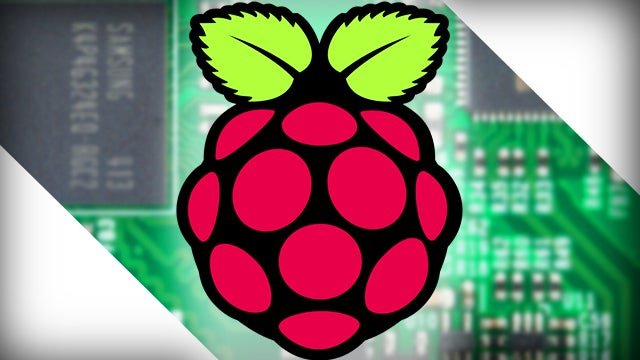
Best Raspberry Pi Projects for June 2019
The tastiest Raspberry Pi 4, Pi 3 and Pi Zero projects to try baking this year. From beginner builds to more advanced Pi uses, all the delicious ideas you need are right here to get making.
From giving the tech of yesteryear a modern spin to smartening up household appliances, there are few things the wondrous Raspberry Pi credit-card-sized computer can’t achieve with a little ingenuity and elbow grease.
The Raspberry Pi 4 is the newest model in the Raspberry Pi series. Capable of performance speeds of around three times that of the Raspberry Pi 3 and storage of up to 4GB, the Pi 4 is the most advanced release so far.
The Raspberry Pi 3 offers loads of power, while the tiny £5 Raspberry Pi Zero and £10 Raspberry Pi Zero W (which includes built in Wi-Fi) are ultra-affordable wonders, making the possibilities nearly endless.
From fun starter projects to intermediate builds you can work up to, here are 15 of our absolute favourite Raspberry Pi 4, Raspberry Pi 3 and Raspberry Pi Zero projects.
First, though, a quick rundown of what’s featured here. In this guide, we’ll highlight the easiest ways to use a Raspberry Pi to build:
- A personal in-flight entertainment system
- An Amazon Alexa-powered dash cam
- An electric skateboard
- A disposable GIF camera
- An electronic chess board
- A Kodi media centre
- A DIY NES Classic Mini
- A digital DJ system
- Automated entrance music
- A robot arm
- Multiroom audio for under £100
- A walkie-talkie
- A film-to-digital transfer system
- A tiny retro games console
- A magic mirror
- A mini retro Macintosh
Editor’s Note: This article is based off projects using the older Raspberry Pi 3. We’ll be updating this guide in due course and adding new projects to try with the updated Pi 4 microcomputer.
Related: Raspberry Pi Zero W review
Best Raspberry Pi Zero projects 2019
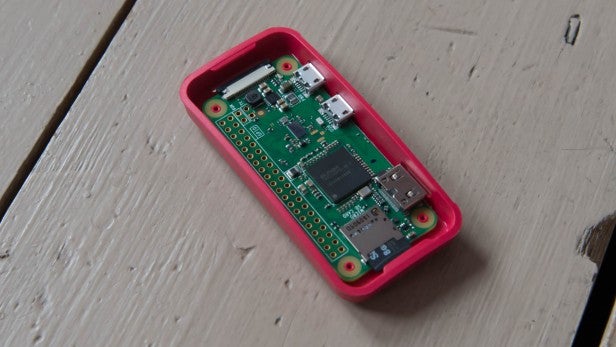
Quite unbelievably, the thumb-sized Raspberry Pi Zero is more powerful than the original Pi (2012’s Raspberry Pi 1 Model B) and costs just $5/£4.
The Pi Zero has fewer connectivity options than the Pi 3, but there are plenty of accessories to make up for this, and the newer Zero W board adds Wi-Fi to the fray.
The result is cheaper projects in even smaller packages – and these are some of the absolute best.
1) A personal in-flight entertainment system
The offerings from an in-flight entertainment systems can be the difference between a pleasurable journey and a slog. Selections can be hit and miss and even if there’s a cracking line up of films and TV shows, the picture quality sucks and the audio can be barely audible.
One Raspberry Pi baker decided he was no longer prepared to take the risk and took matters into his own hands by building his own in-flight entertainment system.
Using a Raspberry Pi, a slimline HD monitor that’s larger than the seat-back options, a 32GB flash drive loaded with content and a portable battery pack, YouTuber BitWig was able to create his own solution.
Why not just use an iPad or laptop, like everyone else, you ask? Well this maker decided he didn’t want to spend the whole flight with terrible posture looking down at the tray table, so he added a suction cup to affix to to the existing display. Check out the video below:
2) An Alexa-powered dash cam
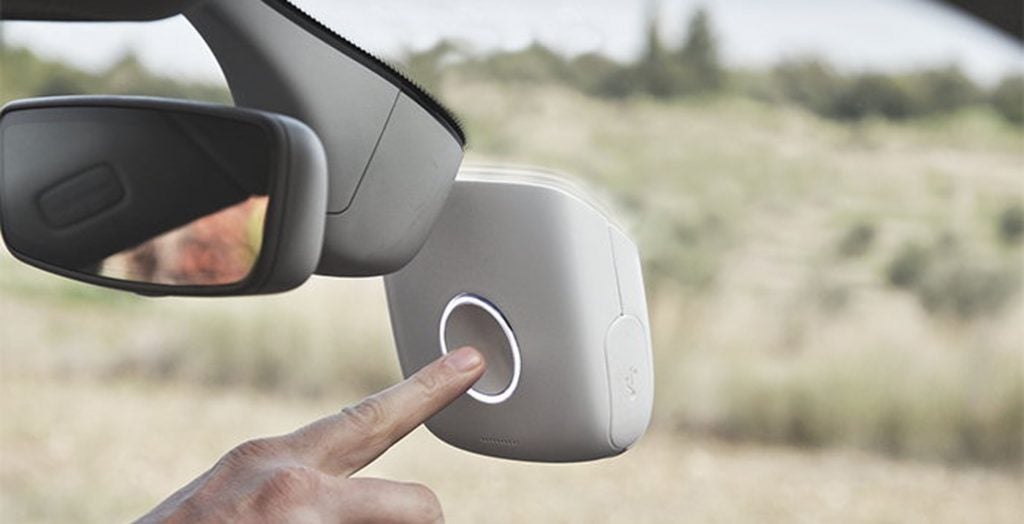
The Dride is a Raspberry Pi-powered dashboard camera with Amazon Alexa skills built in. It combines the Pi’s camera module with custom built open source software and a mobile app that leverages your mobile data plan to upload footage to a cloud DVR (don’t worry, files are small).
It’ll also capture license plates, give out warnings if you’re swerving and alert you if in danger of a frontal collision. It also hands free messaging and the ability to sync with Google Maps and Spotify (via the mobile app) enabling you to control navigation and music while keeping your eyes on the road.
It failed to reach its lofty $100,000 funding goal on Kickstarter, but the team behind the idea has vowed to push on. The good news is the platform is open source, so you can build your own model using either a Pi 3 or Pi Zero W – we’d recommend the former due to its added oomph – and, hopefully one day, benefit from an ecosystem of apps from third-party developers.
Check out the full Dride starter guide here.
3) Electric skateboard
Here’s a Raspberry Pi Zero project to assist your pursuit of the great outdoors: an electric skateboard that zooms around town at 30kmph (19mph).
The brains is the £5 Raspberry Pi Zero, while your speed is controlled by a Nintendo Wii Remote over Bluetooth. There’s a motor from Alien Power Systems attached to the rear axle, plus a speed controller from the same company, and a battery offering a range of 10km.
The project is the brainchild of the Raspberry Pi Guy, the man behind the popular series of YouTube tutorial videos, and features just 100 lines of code – freely available on GitHub.
4) Disposable GIF camera
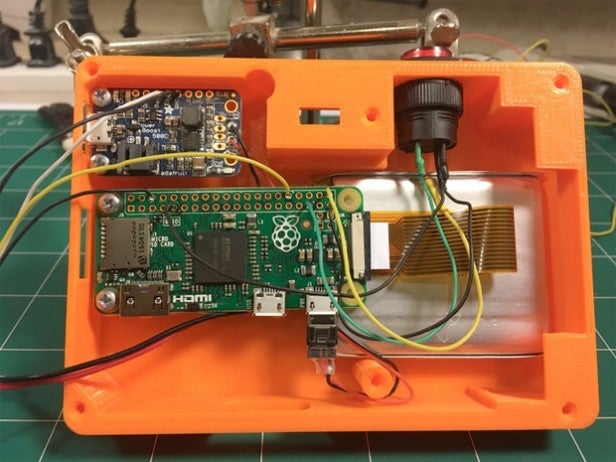
The Pix-E, created by Nick Brewer, is a disposable camera that can be used to create animated GIF files.
It uses a Pi Camera module and a custom build complete with shutter and a battery pack. A little software wizardry via tools such as PiCamera, GraphicsMagick, and GifCam and – hey presto! – homemade GIFs that can then be easily processed and shared.
The case is 3D-printed and there are even some paper wrappers to print out to give the camera a ’90s retro feel.
You’ll need some intermediate engineering, soldering and bread-boarding skills to achieve this, but all of the parts and instructions can be found on hackaday.io.
Related: Best cameras
5) Electronic chess board
The art of playing chess is studying the board, seeing things from different angles, and keeping your finger on that piece until you’re absolutely sure you’re not walking into a trap. A computer chess program just doesn’t come close.
Well now, thanks to the Raspberry Pi Zero – plus a touchscreen, a few magnets, some LEDs and some software wizardry – you can play against a computer on a real wooden board.
It uses an open-source chess engine called Stockfish, which allows players to choose the difficulty level – novice to grandmaster – and set the personality of the opponent, as well as register all of the moves.
Each piece has a magnet connected to the bottom, which tracks it from the beginning of the game. The computer responds by lighting an LED under the piece it wishes to move, as well as the square to which it wishes to move it to.
This isn’t an easy build by any stretch of the imagination, but you can find the instructions here.
6) Kodi media centre
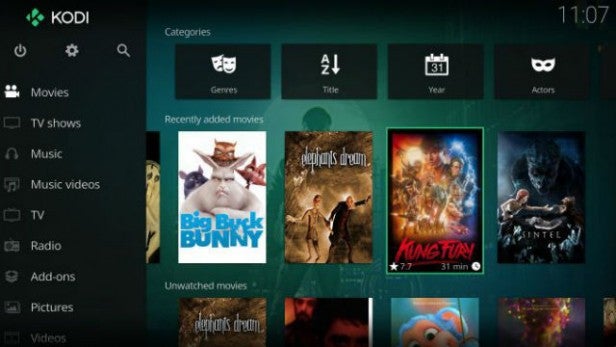
Streaming boxes loaded with Kodi are flooding the market, but you can build your own with the Pi Zero and save money.
This version has fewer connectivity options than builds that use a full-fat Pi, but a £6 starter kit overcomes most of the limitations.
The operating system featured here is called OSMC – it has Kodi built in – and it’s loaded via a microSD card using the installer for your Mac or PC.
You’ll add connectivity to your Pi Zero with a USB Wi-Fi adapter (or just use the slightly more expensive Zero W), which makes setup relatively straightforward and also enables you to configure a smartphone remote that lets you control media, install add-ons and navigate content.
Items may take a little longer to load, but it’s worth it for the portability. Android Central has a good guide to the whole process.
7) DIY NES Classic Mini
The NES Classic Mini was a huge hit, but it’s still pretty hard to come by and – without some serious hacking – is limited to the 30 games it comes pre-loaded with. Besides, if you want one in 2017, you’re going to have to pay top, top dollar.
Luckily, you can build yourself something even better using a Pi Zero and the excellent RetroPie software.
The solution is so dinky that you can place it inside an original NES cartridge for additional retro chic. Check out the guide in the video above for step-by-step instructions.
You can even sit the entire console inside an original Xbox controller – or just use the official case.
Once you’ve nailed this project, check out our complete guide to building a retro Raspberry Pi gaming centre for even more emulatory goodness.
Related: How to build a Raspberry Pi retro gaming centre
8) Film-to-digital transfer system
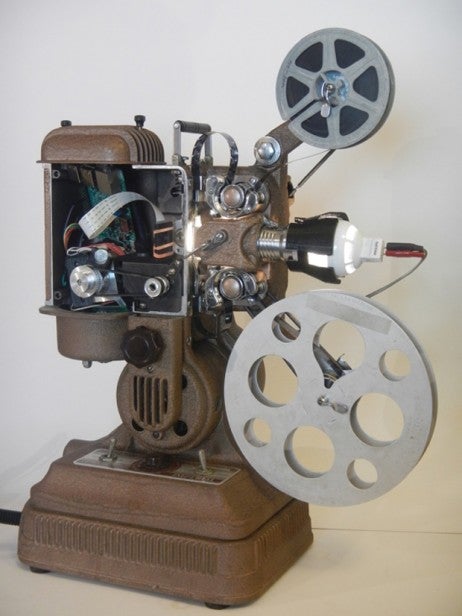
One of our favourite things about the Raspberry Pi is its ability to bridge generations and give new life to older tech. This is illustrated perfectly by this low cost film transfer system that can convert old reels into digital footage.
Maker Joe Herman found some reels dating back to the 1938 and was able to save thousands by building his own rig.
The Pi Film Capture uses the Raspberry Pi Zero and Camera module and hooks them up to a Super-8 cinema projector. Joe’s system uses a step motor to capture a still image of each frame. Images are processed and stitched back together with FFmpeg.
However, there was still much more work to do. In a blog post he writes: “Excited by this success, I started capturing films, but it soon became unbearably tedious. First, I had to run the system more slowly than I expected (under a frame per second) to ensure consistent behavior from the motor and accommodate delays caused by the Pi’s slow file system.
“I also had no way of easily viewing images and adjusting camera settings midcapture, so I found myself having to recapture entire reels with new settings. Most worrying, after a few reels it was clear that the Pi camera’s relatively low dynamic range relative to that of the films was wiping out a lot of detail in high-contrast scenes.”
As a solution, he deployed software called Open CV. This takes multiple photos of the same frame at different exposures for a HDR effect. The result is those irreplaceable family archives are now preserved forever in the digital realm.
You can find his full project guide here.
9) The best RetroPi build ever?
The Raspberry Pi has started an arms race among makers to create the smallest, coolest and quirkiest retro games console ever. Right now, we have a new champion.
Allow us to present the mintyPi 2.0, named because the entire thing – battery, controls, speaker, screen, storage and probably a tiny kitchen sink – fits inside of an empty Altoids tin.
After building a functioning but messy version last year, ‘Wermy’ took-up 3D printing to design a proper case for the components, added a better screen, USB sound and a hinge to hold the display portion in place while playing. The presence of the new Pi Zero W brings integrated Wi-Fi, making it easier to freshen up the games and software.
Wermy plans to publish the full plans (including the 3D printing files) in the next couple of weeks. In the meantime, we’ll be popping in Altoids every few minutes to free up a tin.
Check out the full guide here.
10) A mini LEGO Macintosh
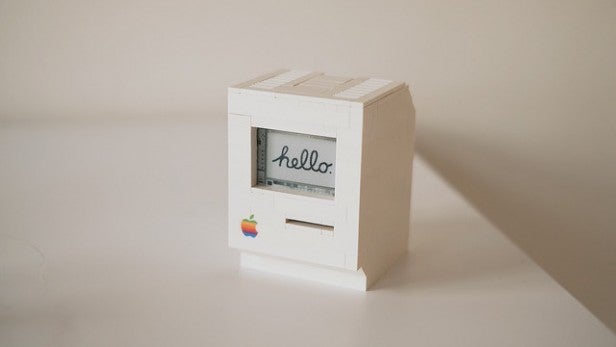
Programmer Jannis Hermanns not only made an itsy-bitsy classic Macintosh from Lego, he brought it to life with a Raspberry Pi Zero and a tiny e-paper display.
It’s hardly the same as using a 5K iMac, but it’s a vaguely functional mini-machine that runs the Docker open-source software platform alongside a service called resin.io.
Combined with the e-paper screen, the little beaut can do neat stuff like display basic images or be used as a clock. As far as labours of love go, I’m not sure I’ve seen anything better.
It’s a fairly technical project that involves some advanced coding – and soldering, if you haven’t upgraded to the Pi Zero W – but if you’re up for a challenge, Hermanns details the entire build over on his blog here.
Best Raspberry Pi 3 projects 2019
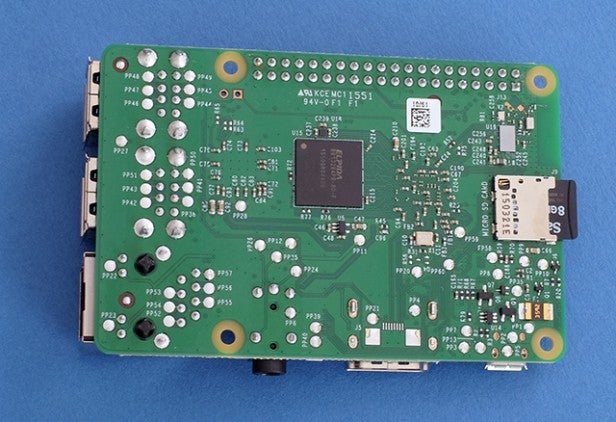
The Raspberry Pi 3 is more powerful than ever, offering a little more oomph for your projects. In most cases, you won’t require that level of power, but the additional connectivity options and increased processing speed compared to the Pi Zero are often essential.
1) Digital DJ system
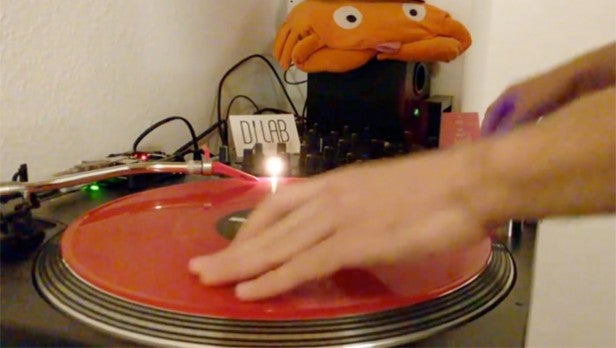
The PiDeck is a Raspberry Pi 3-powered solution that enables DJs to play digital music files through a turntable, while still enjoying analogue-style scratching.
With this setup at a party or event, all a DJ needs is a USB stick loaded with tunes, rather than an expensive laptop full of music, or a box full of vinyl.
It’s just a case of popping in the USB stick, selecting the tracks from a connected touchscreen, and then dropping the needle on a control vinyl. The Raspberry Pi 3 offers real-time performance that’s easily a match for a laptop-based system, according to creator Danial James.
The PiDeck is easy to build, the proprietary software is freely available on GitHub, and the end product promises to provide an affordable (build cost is $182, or about £150) solution for starter DJs.
Head over to the PiDeck website for more information, or watch the video below.
2) Automated entrance music just like WWE
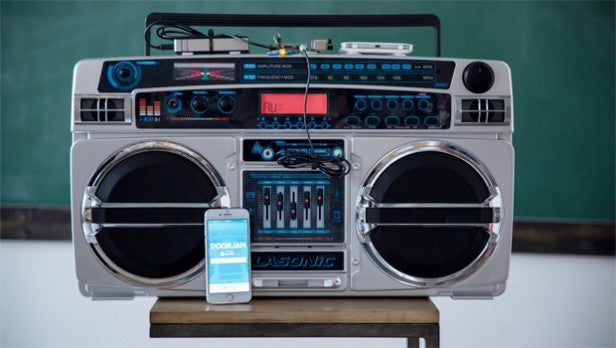
Since first witnessing Randy ‘Macho Man’ Savage walk down the aisle to ‘Land of Hope and Glory’ at WrestleMania VIII, I’ve dreamt of having my very own entrance song. Now, thanks to the the geezers at redpepper, the dream is real.
Doorjam connects a web-connected Pi to the aux-out of a speaker. A little bit of coding nous then taps into Spotify’s web API to provide the tunes, while the Pi uses Bluetooth to assess your proximity.
If the iBeacon tech recognises the unique signature of the bespoke Doorjam smartphone app, it will blast the track of your choosing through the Pi-connected speakers.
Now that’s how you enter a room!
3) Build a robot arm
If you’re after a more straightforward, yet equally rewarding build, the MeArm Pi is a great place to start. This robotic arm project has been created specifically for the Pi, and comes in the form of a kit that’s easy for both kids and adults to assemble.
It can be controlled via built-in joysticks, or remotely via software. Recentlly funded on Kickstarter, it should start shipping to backers this summer.
You’ll be using a Pi to dunk your biscuits in no time.
4) Multiroom audio for under £100
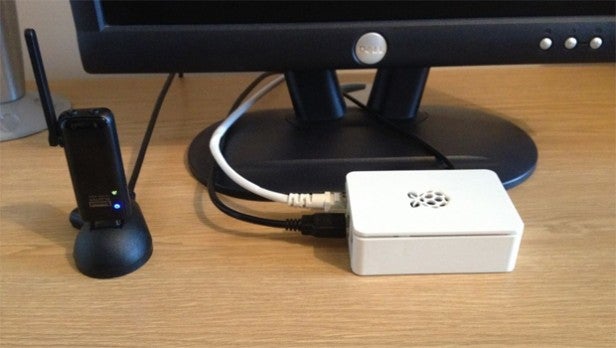
Although there are now more affordable multiroom audio solutions – such as using multiple Chromecast Audio dongles – they aren’t cheap. Thankfully, one Pi enthusiast has put together a four-room setup for under £100.
Thanks to a Raspberry Pi loaded with the Pi-MusicBox software, a USB digital-to-analogue converter and some wireless receivers, jezsinglespeed can now stream Spotify tunes to the existing speakers around his home with minimum fuss.
Full instructions for this “simpler than expected” project are available here.
Related: Ultimate multiroom audio guide
5) Raspberry Pi walkie-talkie
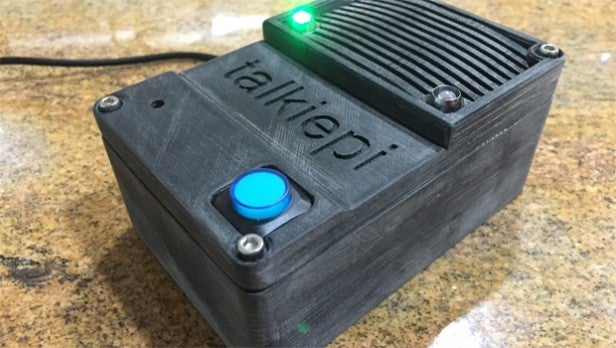
By now, you’ve probably seen Stranger Things on Netflix and have probably made it a good way through season 2. In that case you’ll have been reminded of how unspeakably cool walkie-talkies are.
This walkie-talkie build, complete with LEDs and a push-button to activate the microphone, was created by Daniel Chote for his children.
The talkiepi has been built using a Raspberry Pi 3, USB speakerphone, some basic electronic components (push-button with LED, GPIO header connector, resisters, wires, and so on) and a super-cool, retro-looking 3D-printed case.
An external battery pack makes the walkie-talkie portable, but it will need to remain within the Wi-Fi network, meaning no late-night excursions searching for missing friends.
Chote uses the open-source Mumble voice-communication protocol, which powers in-game chat between PC gamers.
The full installation guide is listed on GitHub.
6) Build your own magic mirror
Mirror, mirror on the wall… what’s the weather going to be like today?
There are a host of Raspberry Pi-type magic mirror projects on sites like Instructables and an active community of people building nodes that show calendar items, news headlines, traffic information and, of course, custom “Hey, good lookin!” messages.
To build one, you’ll need a Raspberry Pi (the Pi 3 and Pi 2 are both supported), a two-way mirror and an LCD monitor (perhaps an old TV you’ve since replaced with a 4K beast?) and some open source software like the MagicMirror2.
These can be as affordable or as expensive as your budget allows.
You’ll also need a wooden frame. If you’re going for full-on Sleeping Beauty fairy tale territory, then this Ornate Magic Mirror from phrazelle (above) could be the project for you.
If money is no object, the video above shows off a touchscreen version that can play YouTube videos, book Uber rides and control a Nest thermostat.
Seen any awesome Raspberry Pi projects recently? Tweet us @TrustedReviews and we’ll add them to this list.


